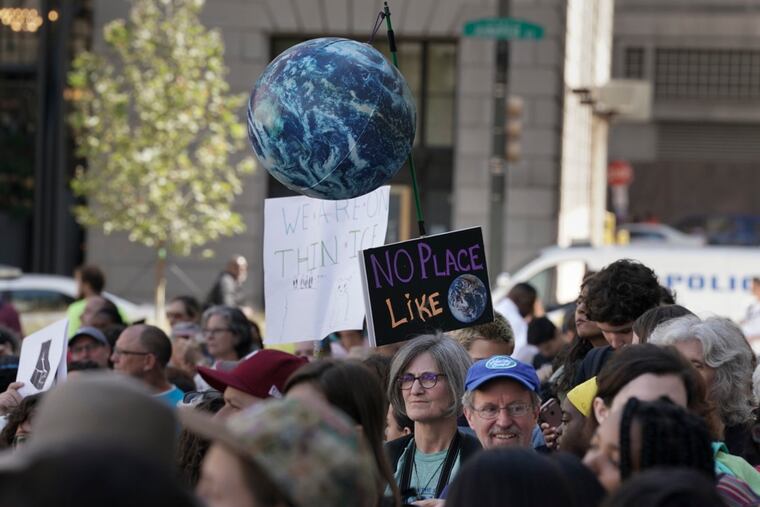Coronavirus required mass deaths for governments to act with urgency. What will it take for climate change? | Opinion
Amid apocalyptic climate predictions for the world and our region, a crucial point gets lost: We know how to avoid this catastrophe.
